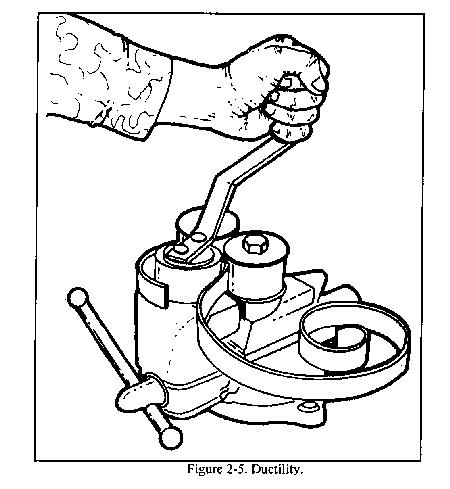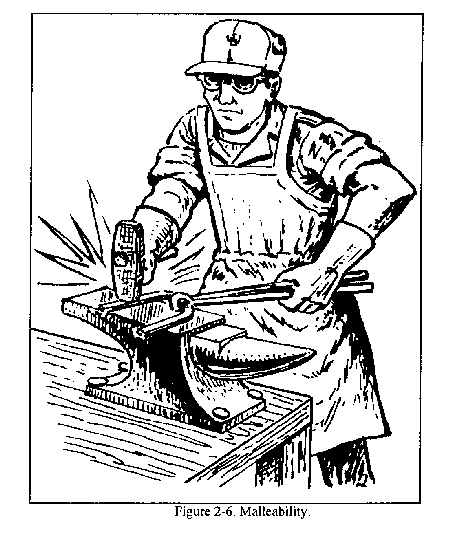博文
“ductility”和“malleability”之间究竟有什么区别?
 精选
精选
|||
中文将“plasticity”译为塑性,它是相对于“elasticity”而言。
“ductility”译为延性(好像台湾人叫做“展性”),经常会有人把它也说成是塑性,这就把人搞“蒙圈”了。
不知道“malleability”应该怎样翻译才合适?
有些搞材料力学性能的专家认为,只有在拉伸载荷下的塑性变形能力才能称得上是“ductility”。
网上搜搜一看,英文的说法的确有所不同。
Ductility and malleability are two properties of metals that describe specific tendencies in certain metals.
Ductility describes the property of the ability to stretch a metal, without being damaged. Highly ductile materials are useful for stretching into wires.
Malleability describes the property of a metals ability to be deformed under compression. Highly malleable materials can be readily rolled or hammered into sheets.
While these properties are similar, different materials react differently in these circumstances. Gold or copper for example, are both highly ductile and malleable, whilst lead is only malleable. (有些金属玻璃可能与铅很像,malleable 但不一定ductile)
再看“ductility”和“plasticity”之间有什么区别?
Ductility is a substance’s ability to be stretched or bent, whereas plasticity is its ability to be pushed or squeezed into another shape.
相关链接
http://wiki.answers.com/Q/What_is_the_difference_between_ductility_and_malleability#ixzz1ujyLj6q7
http://wiki.answers.com/Q/What_is_the_difference_between_ductility_and_malleability#ixzz1ujyE8nFp
http://wiki.answers.com/Q/What_are_the_difference_between_ductility_and_plasticity#ixzz1ujypEcX4
http://wiki.answers.com/Q/What_are_the_difference_between_ductility_and_plasticity#ixzz1ujykBAMD
https://blog.sciencenet.cn/blog-63234-570489.html
上一篇:管窥:做学术人当具备的能力
下一篇:我的寒门弟子在澳洲当上了副教授



